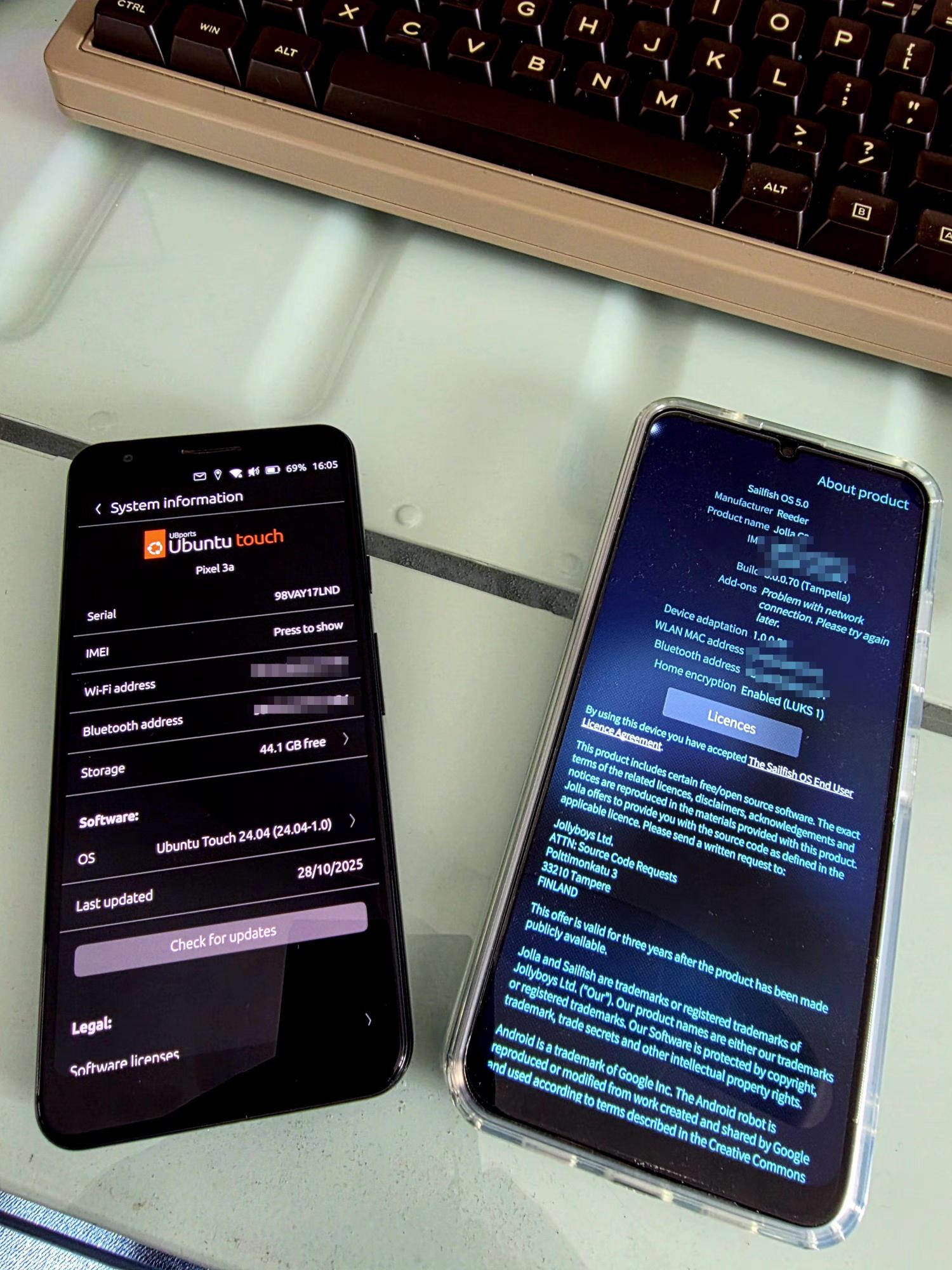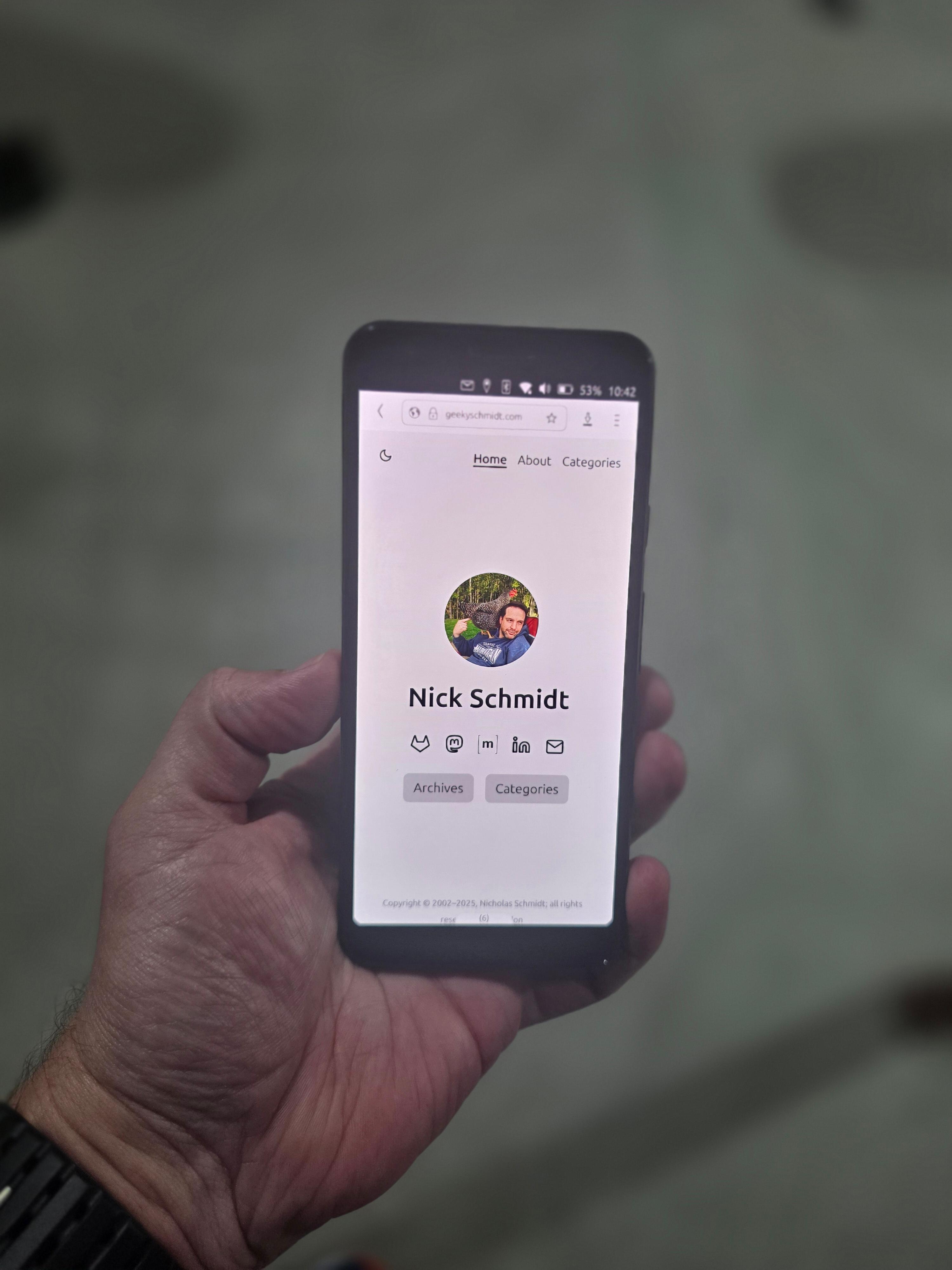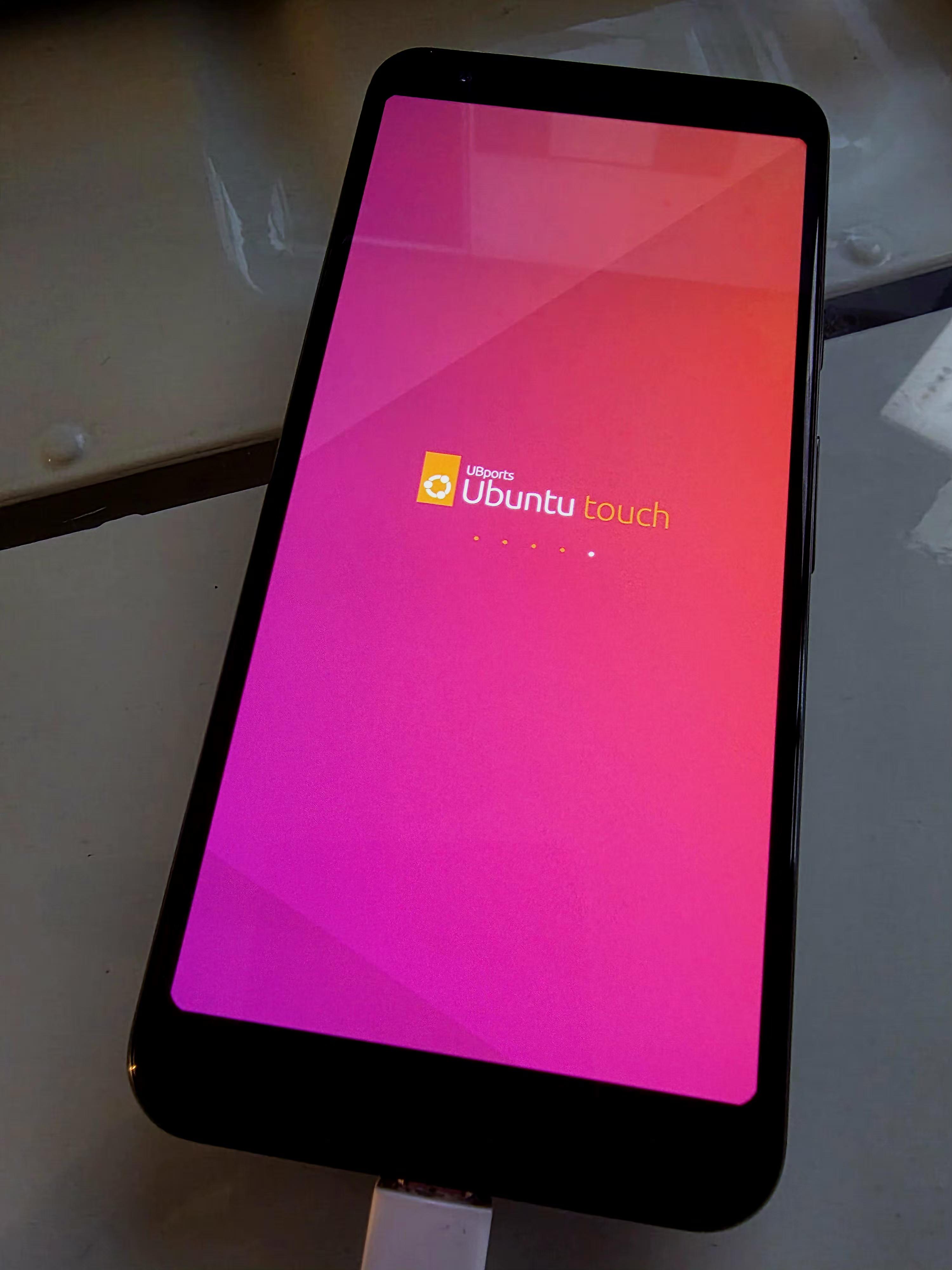After revisiting SailfishOS earlier this autumn, I spent a week living with its open-source cousin, Ubuntu Touch. With Google tightening the Android ecosystem, it felt like the right moment to explore what a true Linux mobile OS offers today.
 My first attempt was with a OnePlus Nord N100 on MetroPCS. It fought me at every step. Flashing, fastboot flags, and ADB coaxing were all unsuccessful. In the end I ordered a Pixel 3a, one of Ubuntu Touch's officially supported devices.
My first attempt was with a OnePlus Nord N100 on MetroPCS. It fought me at every step. Flashing, fastboot flags, and ADB coaxing were all unsuccessful. In the end I ordered a Pixel 3a, one of Ubuntu Touch's officially supported devices.
The Pixel feels tiny by modern standards, but the Ubuntu Touch Installer deserves serious praise. One click, a few prompts and the OS was running. Surprisingly fluid on older hardware, animations are clean and apps launch fast enough to make you forget the age of the CPU.
Where SailfishOS is polished, Ubuntu Touch feels lively and actively evolving. The app store feels more alive too. Many apps are really just web shortcuts or PWAs, but they feel native. SailfishOS often needs a number of tweaks or hacks to unlock its full potential, whereas Ubuntu Touch enables many of those capabilities out of the box or with a few quick commands.
Ubuntu Touch feels like a miniature computer. Waydroid, containers, and exposed Linux underpinnings make tinkering far easier. The developer community seems more active and the system is moving faster. You can run PostmarketOS or Ubuntu Touch on almost any old phone, which gives it a clear advantage for experimenters.
That said, SailfishOS still holds the edge in security. Encryption, permissions, and app sandboxing feel more granular and intentional. Ubuntu Touch is looser and more open, great for experimentation, but not as confidence inspiring if privacy is your priority.
Some smaller but noticeable contrasts:
- Keyboard and autocorrect – Ubuntu Touch is lightyears ahead. It is genuinely usable, which is remarkable given Maemo nailed this over a decade ago.
- Gestures – Less fluid than SailfishOS, but muscle memory may play a part.
- Web browser – Less polished and capable than Sailfish’s, but it takes advantage of many freedesktop standards and shortcuts. It feels more like a lightweight Linux browser than a mobile one, which opens up creative workflows if you know your way around.
- Fediverse and security apps – There is more alignment here. Ubuntu Touch and PostmarketOS communities actively push privacy-centric and decentralised tools, something SailfishOS has yet to fully embrace.
- Daily driver choice – If I were forced to pick one right this second, I would still pick SailfishOS, but the gap is closing fast.
Despite the progress, Ubuntu Touch is still not a phone for the average user. Calls, texts, and browsing are fine, but small quirks appear daily. SailfishOS remains the more complete phone experience, while Ubuntu Touch is a playground for those who treat their phone as a pocket computer.
If SailfishOS is elegance trapped in amber, Ubuntu Touch is the messy vitality of open development. Imperfect, but alive. For geeks and tinkerers it is more exciting right now. For everyone else, SailfishOS still wins as a device you could hand to someone who just wants their phone to work.

